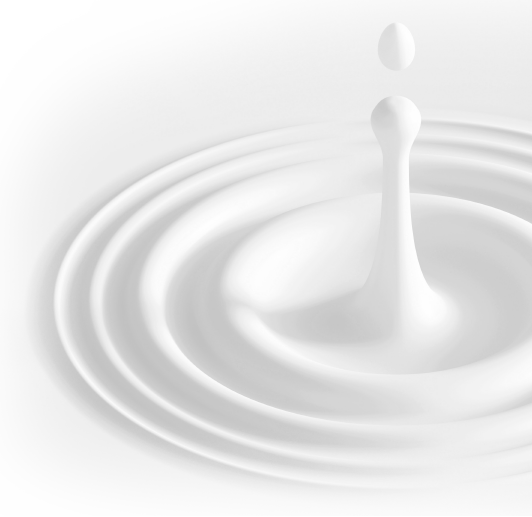- Paper
How eye-lens proteins gather or spread with pressure
J. Am. Chem. Soc.: Membraneless protein droplets may have played a role in initiating life on Earth, under harsh temperature and pressure conditions
Source: S. Cinar et al. American Chemical Society, 2019.











